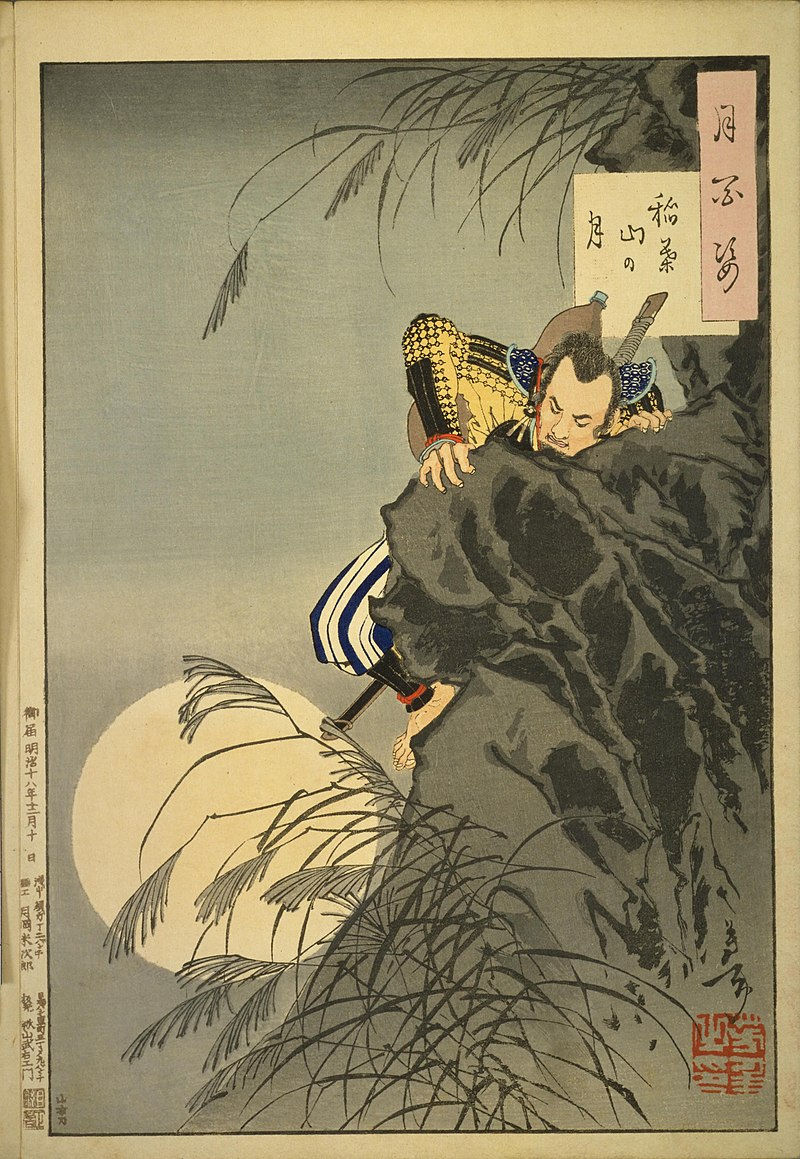Republic of Ezo
- 2304583d
- Aug 4, 2024
- 2 min read

The Republic of Ezo (蝦夷共和國), also known as the Ezo Republic, was a short-lived independent state in northern Japan during the late Edo period. It existed from late 1868 to early 1869.
Background
The Republic of Ezo emerged in the context of the Boshin War, a civil war in Japan between the ruling Tokugawa shogunate and the forces of the Meiji Restoration. After the shogunate's defeat, a faction of samurai loyal to the Tokugawa established a base in Hokkaido (then known as Ezo), aiming to continue their resistance against the new Meiji government.
Formation
In late 1868, the pro-Tokugawa forces declared the establishment of the Republic of Ezo in Hokkaido. They were led by the former shogunate naval officer, Enomoto Takeaki, and the government included various former Tokugawa officials and samurai.
Capital and Governance
The capital of the Republic of Ezo was Hakodate on the southern tip of Hokkaido. The government attempted to establish its own institutions and military forces, but it was limited in resources and recognition.
Downfall
The Republic faced significant challenges, including limited support and supplies, and was isolated diplomatically. The Meiji government, intent on consolidating control over Japan, launched a military campaign to subdue Ezo. The final confrontation, known as the Battle of Hakodate, took place in early 1869. The Republic's forces were defeated, and the remaining leaders surrendered.
The fall of the Republic of Ezo marked the end of the Tokugawa shogunate's resistance and the complete establishment of the Meiji Restoration, which led to the modernization and centralization of Japan. The events surrounding the Republic of Ezo are remembered as a significant part of Japan's transition from feudalism to a modern nation-state.




Comments